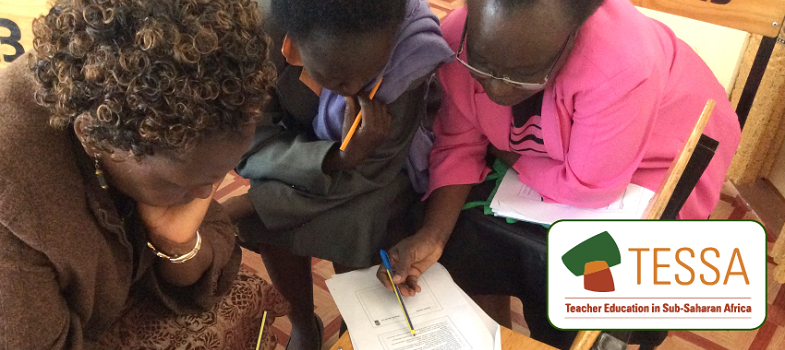Resource 3: The seven common characteristics of all living things
![]() Background information / subject knowledge for teacher
Background information / subject knowledge for teacher
When asked to think of the characteristics of all living things, most young children relate it to themselves and include things like needing to sleep, needing to keep clean, all die, need air, need to eat, all grow, all can be hurt or damaged, need friends, etc.
Accept and praise all their answers before you explain to them that scientists have come to agreement that the seven things that all living things have in common are the following:
- Nutrition
- Reproduction
- Growth
- Respiration
- Sensitivity
- Movement
- Excretion
We suggest you discuss each characteristic in turn with pupils. It is useful to clarify that the same basic things happen in plants and in animals but slightly differently. For example, with nutrition, plants manufacture their own food, whereas animals are dependent on eating plants or other animals. A further example is that more plants than animals can reproduce both asexually (without mating) as well as sexually (requiring pollination). It is only some of the more simple animals that can split into two or bud off new offspring; otherwise sperm and eggs are involved. But with both eggs and seeds there is an embryo that develops and germinates/hatches or is born. Let the children’s interest and questions guide the discussion about each characteristic.
A good activity is to try to find evidence of these characteristics. For example, a leaf that shows evidence of having been eaten by some insect, or the owl pellets of skin, fur and bone found under a tree where an owl roosts (nutrition). Tracks, trails and ripples in water are evidence of animals moving (movement). Flowers that follow the sun, like sunflowers, or others that close/open at night, is evidence of plant movement. Then, clothes that no longer fit, shed skins of insect larvae and tree roots that crack paving are evidence of growth. Write each characteristic on the chalkboard and let pupils add notes or drawings to explain evidence they have found.
Resource 2 : The current agreed classification of living things



